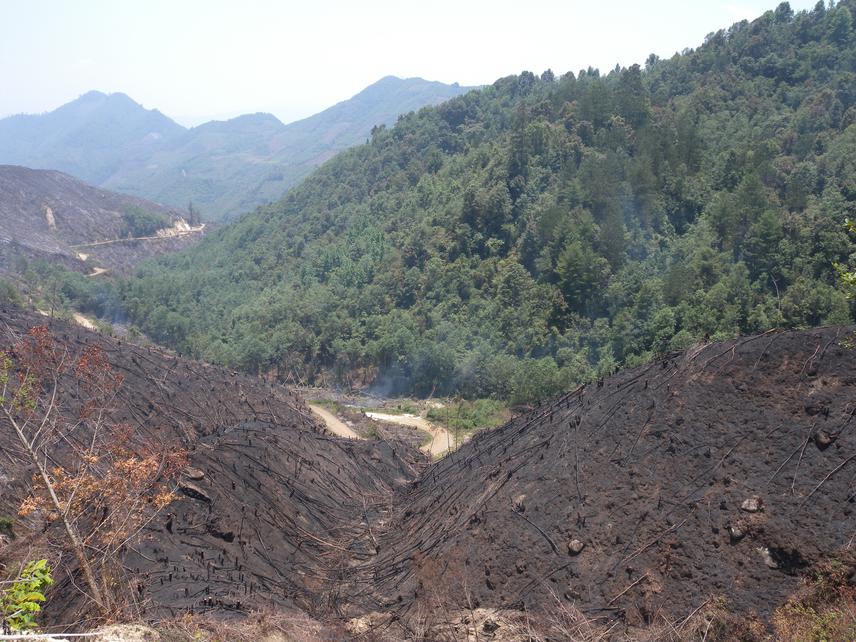Rocio Ponce-Reyes
I will inform conservation priorities by predicting the rates and patterns of further loss of TMCF in the absence of conservation.

Land use change in Sierra de Juarez.
Due to its high levels of biodiversity and endemism the Tropical Montane Cloud Forest (TMCF) is one of the world’s most vulnerable ecosystems is. TMCFs are disappearing at an increasing rate due to human activities (uses and misuses). Organisms that inhabit these unique vegetation types are also endangered, as are the ongoing processes of diversification that generate new species. Though TMCFs are naturally fragmented, they are vulnerable to over fragmentation from the increasing human settlements around them, which are driving forest loss and extraction of natural resources.
The long term isolation of many of the fragments has promoted the presence of endemic and microendemic species. The very small ranges of these species, perhaps limited to single fragments in some cases, expose them to total extinction with further loss and disturbance. The purpose of this project is to extend conservation planning for Mexican TMCF to deal with natural and anthropogenic dynamics, integrating evolutionary processes with aspects of biodiversity pattern.
The main objectives of this project are to evaluate the conservation priorities of the Sierra de Juarez mountain range TMCF fragments in Oaxaca, Mexico based on its microendemic) and other narrowly distributed species and to propose new conservation areas that will minimize the loss of these species. The focus on microendemic vertebrates will help to understand not just the fine-scale patterns of spatial turnover in species composition, but also the vicariance processes that generated these species and, presumably, will continue to generate biodiversity.
The expected outcomes of this project are:
(1) An improved understanding of the patterns of biodiversity in TMCF fragments and the evolutionary processes leading to microendemism;
(2) Explicit, tested methods for considering both biodiversity pattern and evolutionary processes in conservation planning;
(3) Specific recommendations for conservation of TMCF fragments and generic lessons for other habitats and regions;
(4) Ways of involving a wide variety of stakeholders, in applying effective conservation action on the ground.